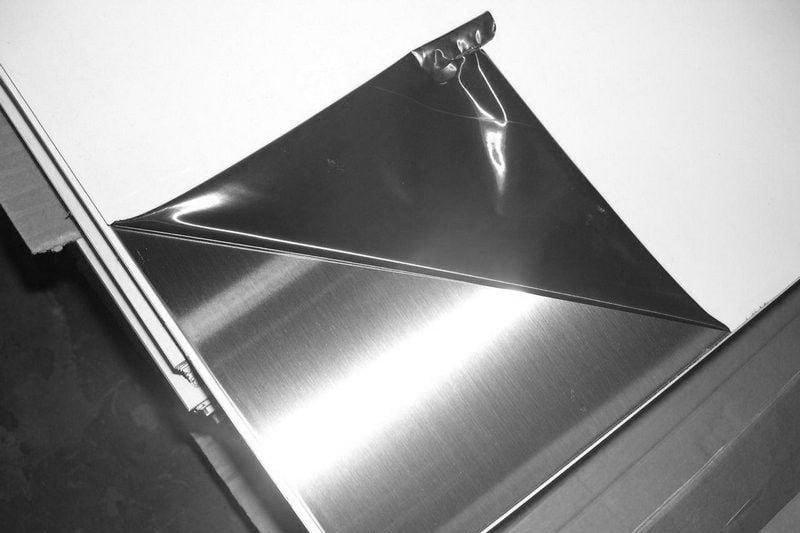
Type 304 steel is austenitic, which is simply a type of molecular structure made from the iron-chromium-nickel alloy blend. Conversely, 304H is most used in elevated temperatures where the increased carbon content helps preserve its strength while hot. In general, 304L is reserved for large welding components that do not require post-welding annealing, as the low carbon percentages increase ductility. 304L has the lowest carbon percentage (0.03%), 304H has the highest (0.04-0.1%), and balanced 304 splits the difference (0.08%). Type 304 steel also comes into three main varieties: 304, 304L, and 304H alloys, which chemically differ based on carbon content. The density of 304 steel is around 8 g/cm 3, or 0.289 lb/in 3. Below is a chemical breakdown of 304 steel: Type 304 steel is part of the 3xx stainless steels or those alloys which are blended with chromium and nickel.
#304L STAINLESS STEEL FREE#
To learn more about the differences among stainless steels, feel free to read our article on the type of stainless steel. In the case of stainless steels, they are often composed of 10 to 30% chromium and are made to withstand varying degrees of corrosion exposure. Steel names can get confusing, as the same alloy can have different identifiers depending on which system is used however, understand that the chemical composition of most alloy blends remains the same across classification systems. Stainless steels get their names from the American Iron & Steel Institute (AISI) and the Society of Automotive Engineers (SAE), who have separately created their own naming systems for steel alloys based on alloying elements, uses, and other factors. Designers will gain a better understanding of what this material is, how it works, and where 304 steel is applied in industry so that they can potentially select this material for use in their own projects. This article will explore the most common stainless steel, 304 steel, and will investigate its physical, mechanical, and working properties. One class of steels is known as the stainless steels, which utilizes chromium to reduce the usual corrosion experienced by most iron-based materials.

Steel is composed of primarily carbon and iron, with other trace elements that can give steels unique properties from each other.
#304L STAINLESS STEEL DOWNLOAD#
To find out which of our locations process and stock 304 stainless steel download our line cards.Steel is an alloy – that is, a metal made from blending so-called alloying elements into a base metal – and it provides a quite literal backbone for modern industry. It is sent through an annealing and pickling line to remove the scale. When the material arrives at the cold rolling mill it is covered in black scale.

The now coil is transferred to a cold rolling mill. The rolling mill reduces the thickness of the steel and is cooled by water. The chromite concentrate is melted in an electric furnace with other raw materials (iron ore, manganese, nickel, etc.) use for the specific stainless type.Īfter melting the material is formed into slabs and sent to a hot rolling mill. The chromite is crushed to produce a chromite concentrate. Stainless is created by extracting chromite from underground mines.

Type 304L is an extra low-carbon variation of Type 304. This helps in eliminating carbide precipitation due to welding. Its properties provide corrosion resistance to a wide range of atmospheric, chemical, textile, petroleum, and food industry exposures. Type 304 stainless steel is the most common austenitic chromium-nickel stainless steel and is a variation of the classic 18-8 stainless.


 0 kommentar(er)
0 kommentar(er)
